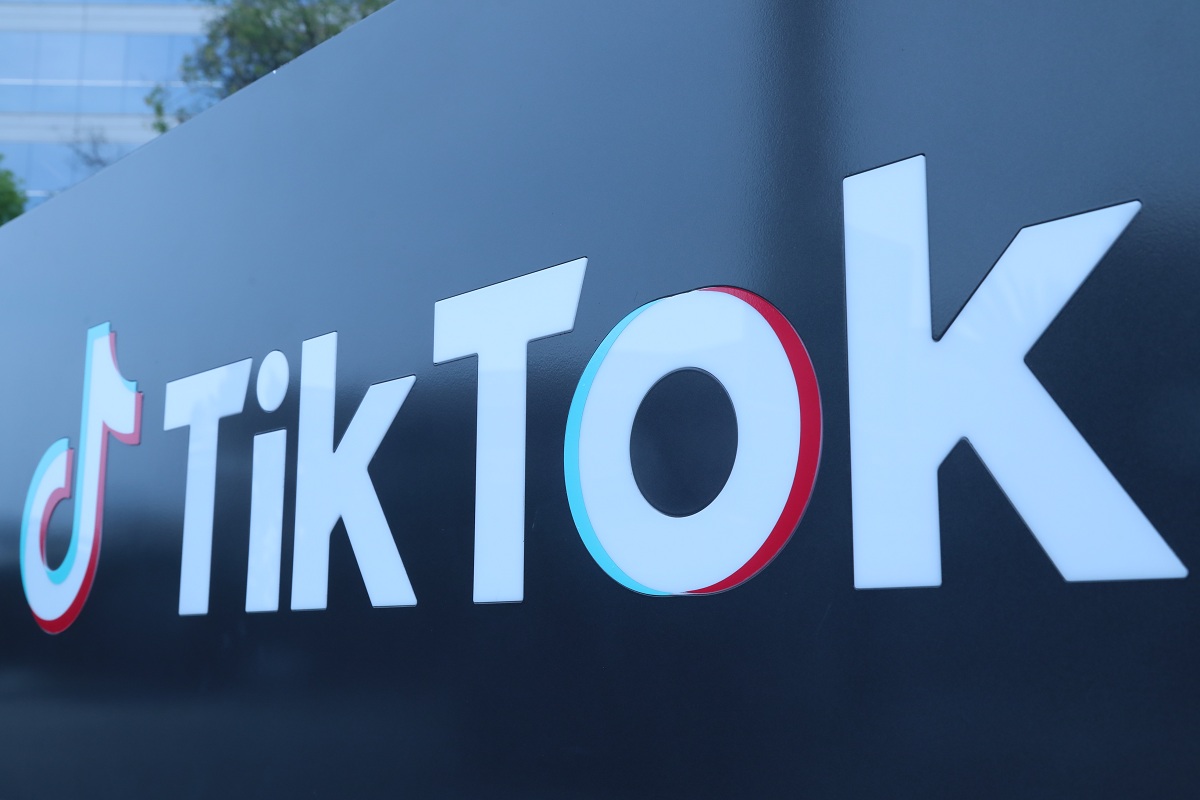In an unusual effort to get employees back into the office, the Chinese short-video-making app TikTok has introduced a new tool for tracking office attendance this month — called MyRTO app or my return to office, making the workers frustrated as the company requires many of its roughly 7,000 US employees to work in offices three times a week with some teams expected to work five days a week.
According to The New York Times, the app monitors badge swipes which workers make when entering office premises and asks employees to explain “deviations” — absences on days they are meant to be in the office.
In addition, the badge swipe data will be analysed by employee supervisors and human resource (HR) staff.
The report also mentioned that employees were warned that “any deliberate and consistent disregard may result in disciplinary action” and could “impact on performance reviews”.
A section of the TikTok workforce has expressed “frustration and dismay” over the attendance policy.
An employee said that the “app and threats of punishment were unnecessary, and that colleagues were now fearful about the consequences of failing to comply”, the report said.
However, a spokesperson for TikTok, Jodi Seth said the tool was meant to help set expectations for in-office attendance.
“The ultimate goal of MyRTO is to provide greater clarity and context to both employees and leaders regarding their RTO expectations and in-office schedules, and help foster more transparent communications,” Seth was quoted as saying.
TikTok instituted a strict return-to-work policy in October last year as the coronavirus pandemic subsided. Employees were warned that if their home address did not match the address of their workplace, they would be fired.
Last month, video conferencing platform Zoom announced the end of work-from-home (WFH) and asked all of its employees to return to the office for the first time since the Covid-19 pandemic.
According to Insider, the company has asked employees who live within 50 miles of any Zoom office to report to work at least two days a week, based on a hybrid model.












